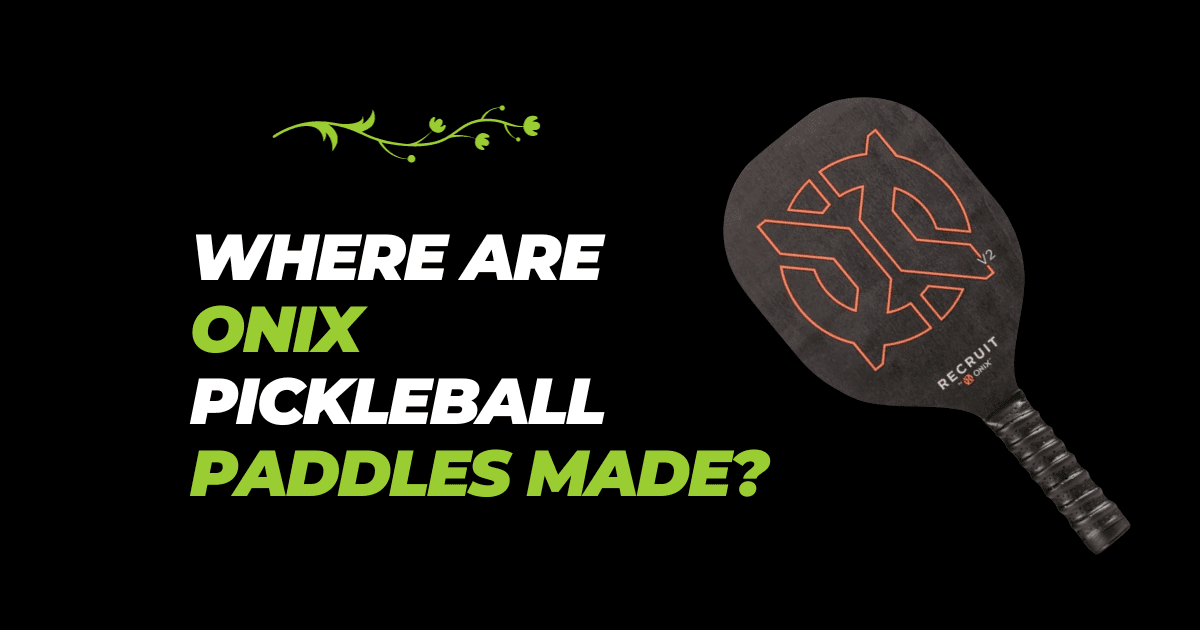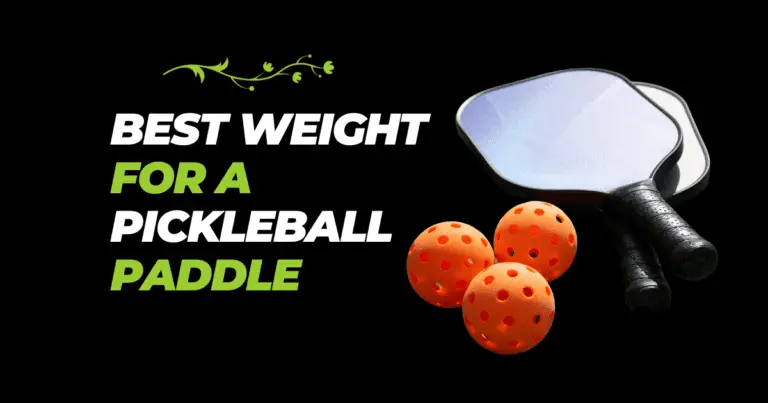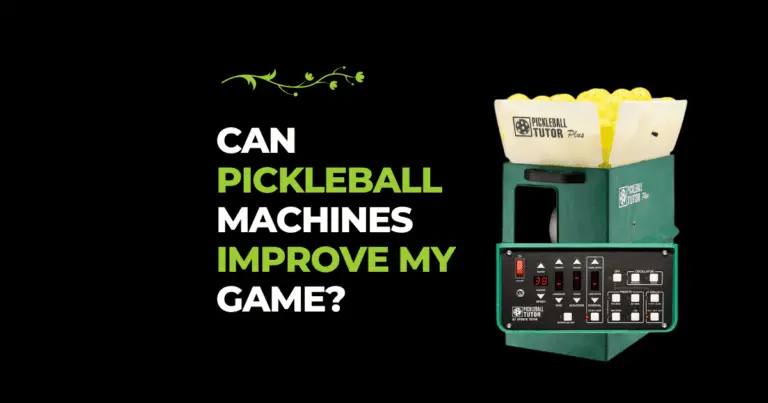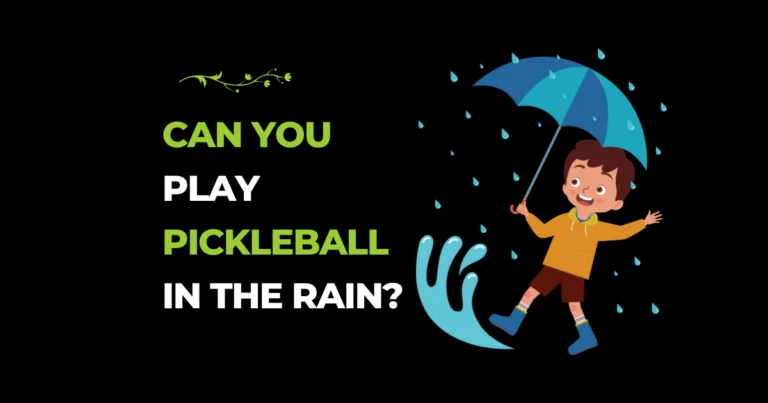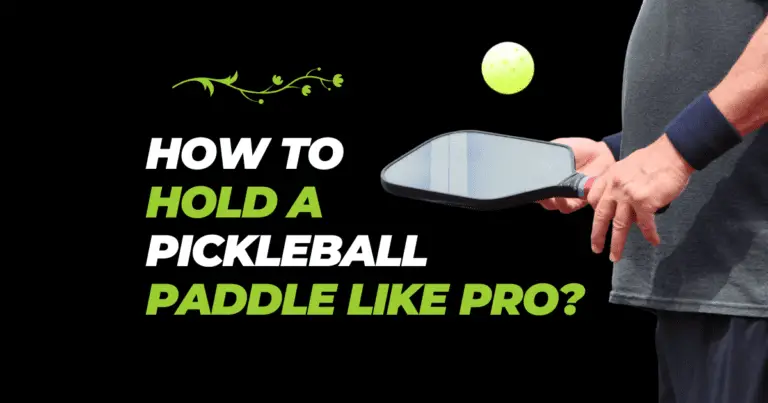Last updated on: November 8, 2023
Did you know that Onix is one of the leading pickleball paddle brands? Their paddles are trusted by top pros and amateur players alike. But where exactly are these quality paddles manufactured? Let’s explore.
An Overview to Onix Sports
Onix Sports was founded in 1986 by industry veteran Efraim Lobl. The company started by making tennis rackets and squash products, later expanding into pickleball as the sport began gaining popularity in the early 2000s.
Onix is headquartered in San Diego, California and has a second production facility located in Tangxia, China. While many Onix paddles are produced overseas, they have a strong focus on US-based operations, with their product design, engineering, marketing, sales and customer service all handled out of their San Diego office.
As one of the first brands to embrace composite paddle technology in pickleball, Onix has emerged as an innovation leader. They hold multiple design patents and are known for using cutting-edge materials and engineering in their paddles. Some of their popular technologies include:
- S-CORE: A honeycomb polymer core designed to dampen vibrations and provide power.
- Armortec: Protection against chips and damage on paddle surfaces.
- PowerSkin Grip: Cushioned grip that reduces hand fatigue.
Onix sponsors several top professional pickleball players and teams, including gold medalists Riley Newman, Matt Wright, and Catherine Parenteau. Their paddles have won numerous awards within the pickleball community.
Now that we’ve covered some Onix pickleball paddle basics, let’s dive into how these paddles go from concept to creation.
Onix Pickleball Paddle Production Facilities
Onix operates two main production facilities where pickleball paddles are fabricated from start to finish:
San Diego, California
This 16,000 square foot facility located in San Diego focuses on concept prototyping, short production runs and specialty limited-edition paddles. The facility has Computer Numerical Control (CNC) machining capabilities and produces paddles from raw materials.
Tangxia, Dongguan in China’s Guangdong Province
The larger volume manufacturing takes place at this dedicated plant in Tangxia. The 250,000 square foot facility is a full-service operation, with capabilities including:
- Composite molding
- Computerized engraving
- Printing and laser etching
- Precision CNC machining
- Paddle finishing and detailing
- Assembly and packaging
Onix closely manages production out of this plant, retaining control over materials sourcing, quality assurance, and manufacturing processes. Paddles produced here go through the same rigorous testing as those in San Diego.
Where Onix Sources Pickleball Paddle Materials
To construct their paddles, Onix sources materials from leading suppliers across the globe:
- Polypropylene Honeycomb Polymer Cores: Sourced from California-based manufacturing partner. Provides durability and vibration dampening.
- Fiberglass and Carbon Fiber Faces: Sourced from Italy and Japan. The lightweight faces add power and responsiveness.
- Polymer Absorbent Cores: Comes from US suppliers. Designed to deaden vibrations.
- Composite Resins: Sourced from Germany and US. Bonds all the layers together into a solid paddle.
- Edge Trim and Bumper Guards: Come from China. Protects paddle rim from chips and damage.
- Grips: Sourced from Taiwan and US suppliers. Brings comfort and control.
- Packaging: Made in California with sustainable materials. Completes premium presentation.
By sourcing globally, Onix obtains specialized materials that lend performance and quality to their paddles. Next, we’ll go through the step-by-step manufacturing process.

Step-by-Step Overview of How Onix Paddles Are Made
Constructing an Onix paddle involves precision design, engineering and manufacturing. Here is an overview of the 20+ step process:
1. Design and Prototyping
- Onix product designers sketch concepts based on player feedback and materials research.
- Prototypes are 3D printed and tested by pro players for shape, balance and feel.
- Feedback is incorporated into Computer Aided Design (CAD) renderings.
2. Creating Molds
- CAD renderings are used to create aluminum molds for the paddle shape.
- Molds are CNC machined to exact specifications.
- Materials are pressed into the molds to create paddle parts.
3. Cutting Materials
- Honeycomb polymer cores are sliced into sheets.
- Fiberglass and carbon fiber faces are cut into shapes.
- Precision cut materials are inspected for quality.
4. Molding Composite Faces
- Fiberglass and carbon fiber sheets are layered in molds.
- Epoxy composite resin is injected into the closed molds.
- Heat and pressure fuse the materials into a solid face.
5. Assembling Paddle Cores
- Honeycomb polymer cores are stacked and aligned.
- Absorbent polymer cores are bonded to honeycomb.
- Core materials are inspected for uniformity.
6. Bonding Composite Faces
- Composites faces are bonded onto both sides of stacked core.
- Epoxy resins fuse the materials together under heat and pressure.
- Edges are trimmed and sanded for smooth finish.
7. Computerized Engraving
- Paddle surfaces are precision engraved with logos and designs.
- Computer controlled tools create fine details and graphics.
- Engravings are checked for consistency and accuracy.
8. Applying Edge Guard
- Protective edge trim cut from polymer sheet stock.
- Trim is heated and bonded around paddle rim.
- Creates cushioning bumper to prevent surface chips.
9. Adding Grip
- Pre-made grip tape is cut into proper shapes.
- Grip adhesive is applied to paddle handle.
- Grip tape wrapped around handle and bonded on.
10. Surface Finishing
- Paddle surface is sanded and smoothed by hand.
- Finish is checked under lights to identify any flaws.
- Imperfections are filled, sanded and re-finished.
11. Applying Protective Films
- Clear polyurethane films are applied to paddle faces.
- Creates a barrier against scratches, chips and wear.
- Enhances paddle appearance and durability.
12. Precision Drilling
- Paddle handle is CNC drilled for attachment hardware.
- Holes are deburred to ensure tight fit and strength.
- Handle hole positions and depths are verified.
13. Hardware Installation
- Stainless steel fastening hardware is set into drilled holes.
- Washers and trim caps applied for clean finish.
- Proper installation ensures secure construction.
14. Final Sanding and Detailing
- Every paddle undergoes hand sanding and finishing.
- Air nozzles blow away dust between sanding steps.
- Microfiber cloths remove fingerprints and residue.
15. Weight Balancing
- Paddles are digitally weighed to detect imbalances.
- Fine lead ballasting weights are applied in handle.
- Ensures each paddle has uniform swing weight.
16. Flex Testing
- Paddles are secured horizontally in flex test machine.
- Hydraulic pressure is applied to bend paddle by precise degrees.
- Results verify that flex standards are achieved.
17. Shape Verification
- Dimensions are checked with calipers and templates.
- Verifies length, width, thickness, handle size, etc.
- Ensures consistency paddle to paddle.
18. Graphics Application
- sponsor logos, branding and paddle ID are printed on.
- Digital UV printers provide fine image resolution.
- Graphics align to product design guides.
19. Quality Control
- Every paddle goes through 22-point inspection.
- Tests look for flaws, defects, rough spots and blemishes.
- Paddles outside strict standards are rejected.
20. Protective Bagging
- Accepted paddles are sealed in protective polyethylene bags.
- Bags have ventilation to prevent condensation buildup.
- Prepares paddle for clean storage and shipment.
21. Packaging
- Paddles are inserted into custom retail packaging.
- Information cards and promotional items are included.
- Boxes are inspected to ensure pristine external appearance.
22. Distribution
- Packed paddles are warehoused for order fulfillment.
- Most US retail orders ship from San Diego headquarters.
- Overseas distributors also receive regular container shipments.
So there you have it – the complete step-by-step journey of how Onix pickleball paddles are designed, engineered and built to deliver top performance and quality. Next, we’ll go over some of the testing procedures.

Quality Control and Testing Procedures
Onix paddles undergo rigorous quality control (QC) testing:
Materials Testing
- Components like polymer honeycombs, fibers and resins are evaluated by independent labs to verify grades and properties. This includes physical strength, weather resistance, impact absorption and chemical composition.
In-Process Testing
- Production line inspections confirm dimensional accuracy, proper construction order and technique.
Off-Line Performance Testing
- Balance: Laser center of gravity measurements conducted.
- Flex: Hydraulic tests determine precise deflection amounts.
- Weight: Digital scale measurement must be within 2 grams of spec.
- Grip: Measurement tools verify proper length and circumference.
Off-Line Durability Testing
- Drop Test: Paddles dropped on concrete slab from 6 feet high 10 separate times – no damage allowed.
- Impact Test: 120 random impacts across paddle face with force equivalent to hard driven ball – inspected for chips, cracks, indentations, etc.
- Weather Testing: Paddles subjected to over 500 hours of exposure to UV light, extreme heat, humidity and freezing temperatures.
Paddles that pass QC criteria receive laser etched markings indicating they’ve met Onix standards. Rigorous testing ensures only the highest quality paddles make it to players.
Next, we’ll cover some fun facts about Onix pickleball paddles!
Fun Facts About Onix Pickleball Paddles
- The honeycomb polymer core in some paddles contains over 22,000 individual hexagon cells. Laid end to end these cells would span over 2 miles!
- Onix uses aviation-grade structural adhesives to bond their paddles. This glue can withstand forces over 3000 PSI.
- The Onix paddles used to win 4 gold medals at the 2021 USA Pickleball National Championships had a combined total of 342 quilted honeycomb cells.
- At up to 360 PPI, the precision laser engraving details on some paddles are sharper than a 1080p HDTV image.
- Onix utilizes autoclaves in their production the size of industrial ovens to heat materials for curing. Interior pressures reach 100 PSI.
- The carbon fiber used on some Onix paddles comes from sheets less than 1/10 the thickness of a human hair. Laid end-to-end, one sheet can cover over 5 miles.
- A batch of pickleball paddle edge guard trim once used on Onix production could wrap around the entire 227-mile California coastline from Mexico to Oregon.
- One of the high-performance resins used by Onix to impregnate their paddle fibers contains over 1 quadrillion molecular bonds per ounce.
- During testing, the electronic sensors in Onix’s precision balancing machines can detect weight differences less than 1/10th of a paperclip.
- Onix’s official pro player paddles undergo 7 separate precision flex and balance validations during the manufacturing process.
So there you have some fascinating facts about what goes into Onix paddles! Next let’s look at some common questions players have about Onix.
Frequently Asked Questions
Here are answers to some of the most frequently asked questions about Onix pickleball paddles:
Are Onix paddles good for beginners?
Yes, Onix offers several models that work very well for beginners including the Outbreak, Rogue 2.0, and their composite paddles with a wider body. These provide great control and forgiveness.
How durable are Onix paddles?
Onix paddles have outstanding durability thanks to their composite construction and fiber reinforcements. With proper care, they typically last many years even with heavy use.
Where can I buy Onix paddles?
You can buy Onix paddles at most pickleball retailers including PickleballCentral, Amazon, Dick’s Sporting Goods, and more. Limited exclusives are on the Onix website.
How do I know which Onix paddle is right for me?
It’s best to demo different Onix paddles if possible. Consider your skill level, play style, paddle specs you prefer, and any physical limitations. Onix has a “paddle selector” on their site to match you with the ideal paddle model.
Are Onix paddles used by pro players?
Yes, many top pros use Onix paddles due to their consistent quality and ability to customize specs. Some big names using Onix include Tyson McGuffin, Catherine Parenteau, and Irina Tereschenko.
How do I register my Onix paddle warranty?
Onix paddles come with a limited lifetime warranty. You can register your warranty by emailing a copy of your receipt to warranty@onixpickleball.com within 30 days of purchase.
How can I contact Onix with questions?
You can call Onix Pickleball customer service at 239-481-5555 or email them at info@onixsports.com. Their team is very responsive if you need any help.
Does Onix manufacture all their paddles at their California headquarters?
A: No, while they prototype and produce limited runs in San Diego, the majority of paddles are manufactured at their larger production facility in Tangxia, China.
Why does Onix outsource paddle production to China?
Labor costs are lower in China, allowing Onix to manufacture at scale for a competitive price point. Their China plant also has specialized equipment and methods not easily replicated in the US.
Does outsourcing mean lower quality?
Not at all – Onix maintains strict oversight and standards at their China plant. All materials and processes meet the same specifications as their US production. Frequent testing ensures consistency.
Are there any differences between a paddle made in California vs. China?
Paddles from both locations undergo the same rigorous quality control and testing procedures. The only difference may be where the final engraving and branding is applied, but performance-wise they are identical.
Does Onix manufacture paddles for other brands?
No, Onix paddle production is dedicated exclusively to their own brand. They do not produce private label paddles for other companies.
What countries supply the raw materials for Onix paddles?
Onix uses suppliers from across the globe including the US, China, Germany, Italy, Japan and Taiwan to obtain top grade materials.
Does Onix have any US-based paddle production?
Yes, in addition to their San Diego facility, Onix partners with US composite manufacturing suppliers to produce components like their honeycomb cores. But final assembly takes place overseas.
How many paddles does Onix produce per year?
As a private company, Onix doesn’t share exact production numbers. However, some estimates put their annual paddle production between 75,000 to 100,000 units across their facilities.
Does Onix sell paddles direct or only through retailers?
Onix sells paddles directly through their website, Amazon and other online outlets. But most of their sales are still through specialty pickleball retailers and pro shops who carry their full lineup.

